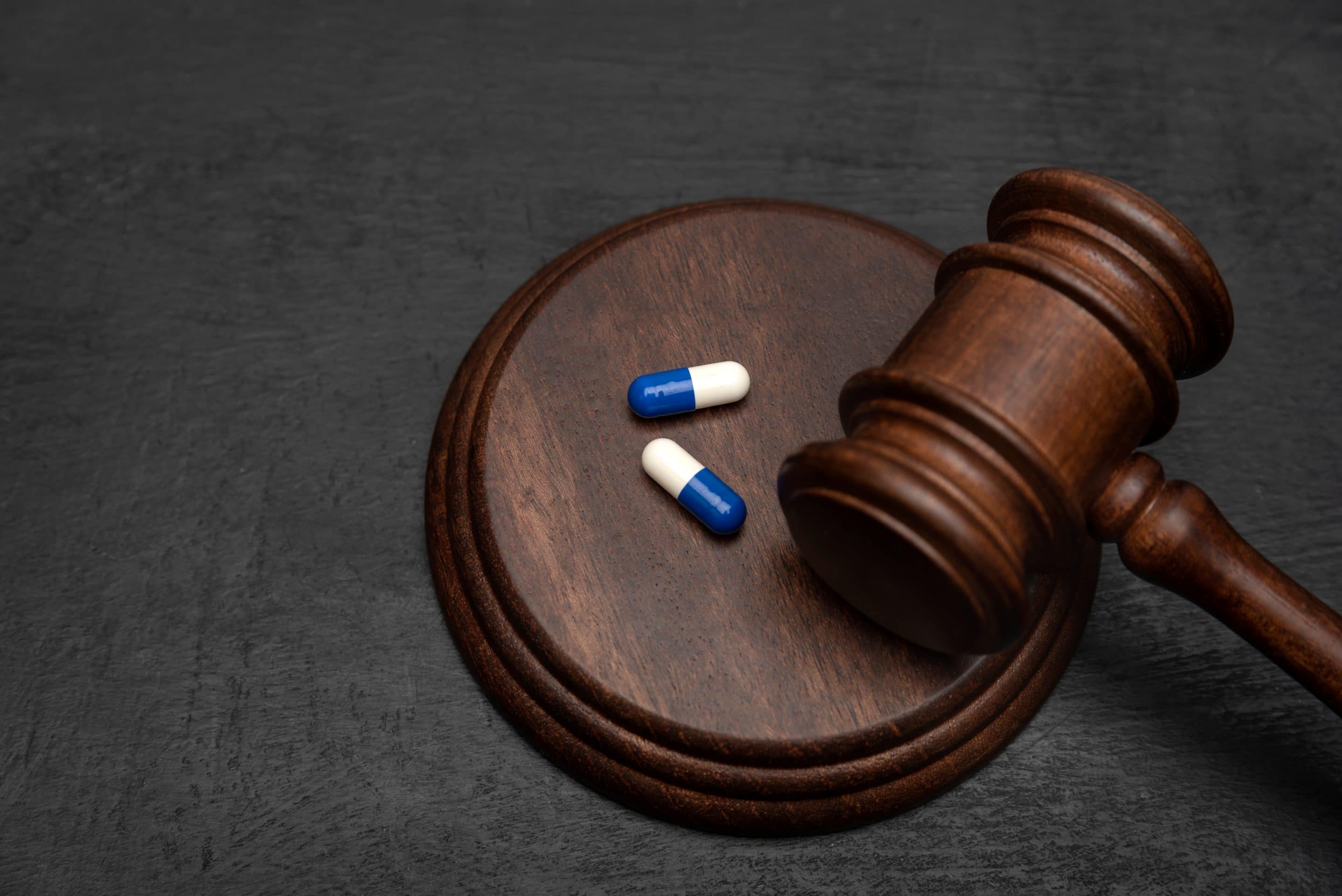In the last year, two significant Federal Court decisions, reported here and here have exposed key flaws in the Australian Patent Office’s interpretation of the eligibility requirements for a patent term extension (PTE). In September 2021, another PTE challenge was filed in response to an infringement suit.
These cases highlight the importance of thoroughly analysing PTE eligibility at the time of submitting a PTE request or when considering the validity of patents and their applicable term. Equally, they serve as a reminder to patentees that prudent portfolio strategy can head off potential issues, and that review of existing patents may be necessary to prevent possible challenges.
Australia’s PTE system – the basics
Australia’s PTE scheme offers extensions of term of up to five years on patents that cover approved pharmaceutical substances. In order to be eligible for a PTE, the patent must disclose and claim one or more pharmaceutical substances per se, or disclose and claim one or more pharmaceutical substances when produced by a process that involves the use of recombinant DNA technology. Additionally, at least one of these substances must be listed on the Australian Register of Therapeutic Goods (ARTG). Importantly, the PTE application must be based on the ‘first regulatory approval date’ of a pharmaceutical substance, and at least five years must have elapsed between the effective filing date of the patent application and this first regulatory approval date.
Unlike the SPC system in Europe, a PTE extends the term of the patent as a whole and will therefore extend the patent protection for all pharmaceutical substances claimed in the patent. However, exploiting a form of the claimed invention other than the claimed pharmaceutical substance per se during the extension period will not infringe the rights of the patentee. The same holds true for the use of the claimed pharmaceutical substance for purposes other than therapeutic use.
Ono Pharmaceutical Co, Ltd v Commissioner of Patents [2021] FCA 643 – competitor products cannot form the basis of a PTE application
Under section 70 of the Patents Act a PTE application is based on the inclusion in the ARTG of goods containing, or consisting of, a relevant pharmaceutical substance within the relevant time period. The provision does not expressly limit such goods to those of the patentee. Thus, the Patent Office has traditionally taken the approach that the inclusion of competitor goods on the ARTG containing or consisting of a patented substance will trigger the time period for a PTE application, and that such an application can only be made in respect of those goods. The Ono case, which we reported in detail here, concerned such a situation. The patent-in-suit, Australian Patent No. 2011203119 covers antibodies that bind the immune checkpoint inhibitor PD-1. Both Opdivo® (patentee’s product) and Keytruda® (a competitor’s product) fell within the scope of the claims. Initially, the Patent Office found that the registration of Keytruda® could be considered the ‘earliest first regulatory approval’, and therefore the patentee’s PTE application based on Opdivo® was refused. In June 2021, the Federal Court overturned this decision, finding that the PTE provisions were intended to compensate patentees for delays in obtaining regulatory approval and that a liberal construction should be adopted. This decision was appealed to the Full Court of the Federal Court and was heard in early November 2021.
Merck Sharp & Dohme Corp. v Sandoz Pty Ltd [2021] FCA 947 – PTE must be based on registration of first pharmaceutical substance where more than one substance is claimed in a single patent
As we previously reported, the decision in Merck Sharp & Dohme Corp. v Sandoz Pty Ltd [2021] FCA 947 dealt with s 77 of the Patents Act, and the interpretation of the phrase ‘earliest first regulatory approval date’. In this case, the patent-in-suit claimed two pharmaceutical substances: sitagliptin, and a composition containing a combination of sitagliptin and metformin. It was not disputed that these two substances were different pharmaceutical substances per se. The sitagliptin alone product obtained regulatory approval within 5 years of the patent date, and the combination product received regulatory approval 6 years after the patent date. As a result, the sitagliptin alone product was ineligible to form the basis of a PTE under
s 70(3) of the Patents Act.
Merck Sharp & Dohme (MSD) contended that it was entitled to rely on the later registration of the combination product as the basis for its PTE. Notably, the Patent Office granted this PTE even though MSD disclosed the earlier regulatory approval date of the sitagliptin alone product in its PTE application. The court found that the PTE application must be based on the earliest first approval date of any of the pharmaceutical substances disclosed within the patent. As such, the approval date for the sitagliptin alone product was considered to be the ‘earliest first approval date’, rendering the patent ineligible for a PTE. This decision has been appealed and has been heard by the Full Court in early November 2021.
Biogen International GmbH & Anor v Pharmacor Pty Limited
Biogen commenced infringement proceedings against Pharmacor on 5 August 2021, alleging that Pharmacor’s recently approved dimethyl fumarate products infringed Australian Patent No. 2000011572 ‘Utilisation of dialkylfumarates’. The ’572 patent received a PTE in 2014 which extended the term of the patent by 5 years to 29 October 2024. On 20 September 2021, Pharmacor cross-claimed in the proceeding, challenging the validity of a number of claims and the validity of the PTE.
In particular, Pharmacor contends that the PTE application is not based on a pharmaceutical substance per se, as the basis of that application was a pharmaceutical preparation in the form of microtablets or micropellets. Additionally, Pharmacor contends that the complete specification of the patent only discloses the pharmaceutical preparation for use in specific indications, and therefore does not disclose a pharmaceutical substance per se.
Implications
Given the number of PTE challenges and appeals on foot, originators and generics alike should carefully monitor this space. As the approach of the Patent Office in relation to PTEs continues to be successfully challenged in the courts, the number of potentially invalid PTEs grows, creating fertile ground for PTE challenges as a further line of defence in patent infringement cases.
The evolving PTE jurisprudence also has crucial practical implications for patentees of pharmaceutical patents, particularly in relation to the breadth of the claims and the timing of PTE applications. For example, it is essential that patentees are aware of all the pharmaceutical substances covered by their claims and the relevant regulatory approval dates of these pharmaceutical substances. It is also critical that the review of issues relating to the PTE be undertaken well before the PTE deadline to allow for appropriate amendment of the claims, if necessary, in order to exclude (generally by a narrow proviso) products that might jeopardise the request, and to pursue additional pharmaceutical substances in one or more divisional applications. This will ensure that PTE requests are based on the relevant pharmaceutical substance and that the PTE request is filed within the required time.
The decisions of the Full Court of the Federal Court in the Ono and Merck v Sandoz cases may have a significant effect on the extent to which we continue to see such PTE challenges in the future and Pearce IP will, of course, keep you advised of developments.


